Tennis elbow, also known as lateral epicondylitis, is a common condition that affects the tendons that connect the forearm muscles to the outside of the elbow joint. It causes pain and inflammation in the elbow area, especially when performing activities that involve gripping, twisting, or lifting. Tennis elbow can affect anyone, but it is more common among people who play racquet sports or do repetitive arm movements at work or home.
In this blog post, we will explore the causes, symptoms, diagnosis, treatment, and prevention of tennis elbow. We will also provide some tips on how to avoid the symptoms of tennis elbow and improve your quality of life.
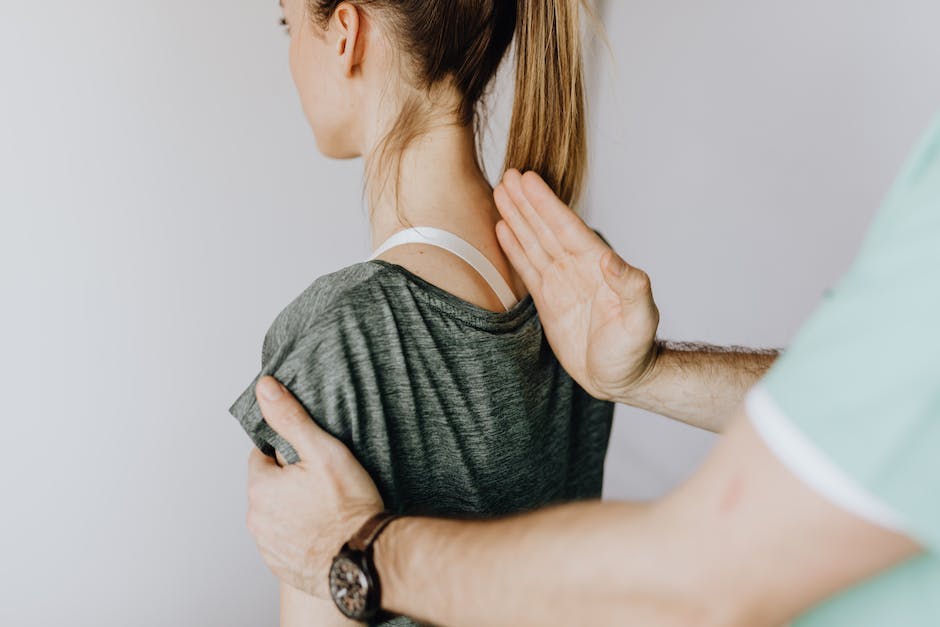
What are the causes of tennis elbow?
Tennis elbow is caused by overuse or injury of the forearm muscles and tendons that attach to the lateral epicondyle, a bony bump on the outside of the elbow. These muscles and tendons are responsible for extending the wrist and fingers, and they are involved in many activities that require gripping or twisting motions, such as playing tennis, golf, or other racquet sports.
The repeated stress on these muscles and tendons can cause microscopic tears and inflammation in the tissue, leading to pain and reduced function. The main muscle involved in tennis elbow is called the extensor carpi radialis brevis (ECRB), which helps stabilize the wrist when the elbow is straight. However, other muscles and tendons in the forearm can also be affected by tennis elbow.
What are the symptoms of tennis elbow?
The most common symptom of tennis elbow is pain on the outside of the elbow, which may radiate to the forearm and wrist. The pain may be worse when performing activities that involve gripping, twisting, or lifting objects, such as shaking hands, turning a doorknob, holding a cup, or using a screwdriver. The pain may also be triggered by stretching or bending the wrist or fingers.
Other symptoms of tennis elbow include:
- Swelling or tenderness around the elbow
- Stiffness or reduced range of motion in the elbow or wrist
- Weakness or numbness in the forearm or hand
- Difficulty performing daily tasks that require fine motor skills, such as writing, typing, or buttoning a shirt
The symptoms of tennis elbow may vary in severity and duration depending on the extent of the injury and the individual’s response to treatment. Some people may experience mild discomfort that resolves with rest and self-care measures, while others may have chronic pain that interferes with their daily activities and quality of life.
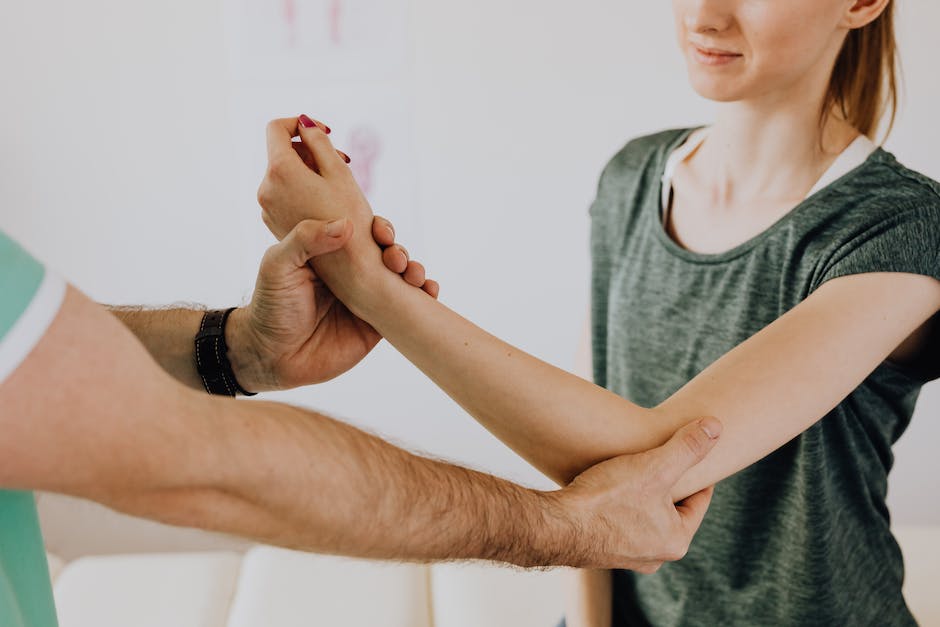
How is tennis elbow diagnosed?
To diagnose tennis elbow, a doctor will usually perform a physical examination and ask about the patient’s medical history, symptoms, and activities that may have caused or aggravated the condition. The doctor will also check for signs of inflammation, swelling, tenderness, or weakness around the elbow joint.
The doctor may also perform some tests to rule out other possible causes of elbow pain, such as arthritis, nerve compression, infection, or fracture. These tests may include:
- X-rays: These can show if there is any damage to the bones or joints in the elbow area.
- Magnetic resonance imaging (MRI): This can provide detailed images of the soft tissues in the elbow area, such as muscles, tendons, ligaments, and cartilage.
- Electromyography (EMG): This can measure the electrical activity of the muscles and nerves in the forearm and hand to detect any abnormalities or damage.
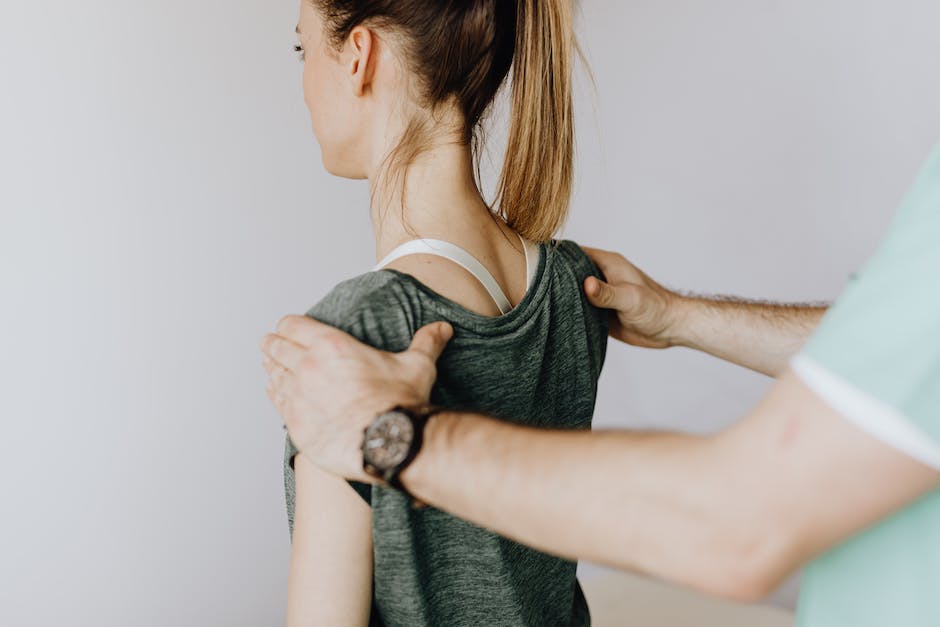
How is tennis elbow treated?
The treatment of tennis elbow depends on several factors, such as the severity of the symptoms, the duration of the condition, and the patient’s preferences and goals. The main objectives of treatment are to reduce pain and inflammation, promote healing of the injured tissues, restore function and strength of the forearm muscles and tendons, and prevent recurrence of tennis elbow.
The treatment options for tennis elbow include:
- Rest: This involves avoiding or modifying activities that cause or worsen pain in the elbow area. Resting can help reduce inflammation and prevent further damage to the tissues.
- Ice: This involves applying cold packs or ice wrapped in a towel to the affected area for 15 to 20 minutes several times a day. Ice can help numb pain and reduce swelling.
- Medication: This involves taking over-the-counter anti-inflammatory drugs (NSAIDs), such as ibuprofen or naproxen, to relieve pain and inflammation. However, these drugs may have side effects such as stomach irritation or bleeding, so they should be used with caution and under a doctor’s supervision.
- Physical therapy: This involves performing exercises and stretches that target the forearm muscles and tendons to improve flexibility, mobility, blood flow, and healing. Physical therapy can also include modalities such as ultrasound, electrical stimulation, massage, or acupuncture to reduce pain and inflammation.
- Braces or splints: These involve wearing devices that support or immobilize the elbow or wrist to reduce stress on the affected muscles and tendons. Braces or splints can help relieve pain and prevent further injury, but they should not be worn for too long as they may cause stiffness or weakness in the joint.
- Steroid injections: These involve injecting corticosteroids, a type of anti-inflammatory medication, into the affected area to reduce pain and inflammation. Steroid injections can provide temporary relief, but they may also have side effects such as infection, nerve damage, or weakening of the tissues. Therefore, they should be used sparingly and only under a doctor’s guidance.
- Surgery: This involves removing or repairing the damaged or inflamed tissue in the elbow area. Surgery is usually considered as a last resort when other treatments have failed to provide adequate relief or when the condition is severe or chronic. Surgery can help restore function and strength of the elbow joint, but it may also have risks such as infection, bleeding, scarring, or loss of motion.
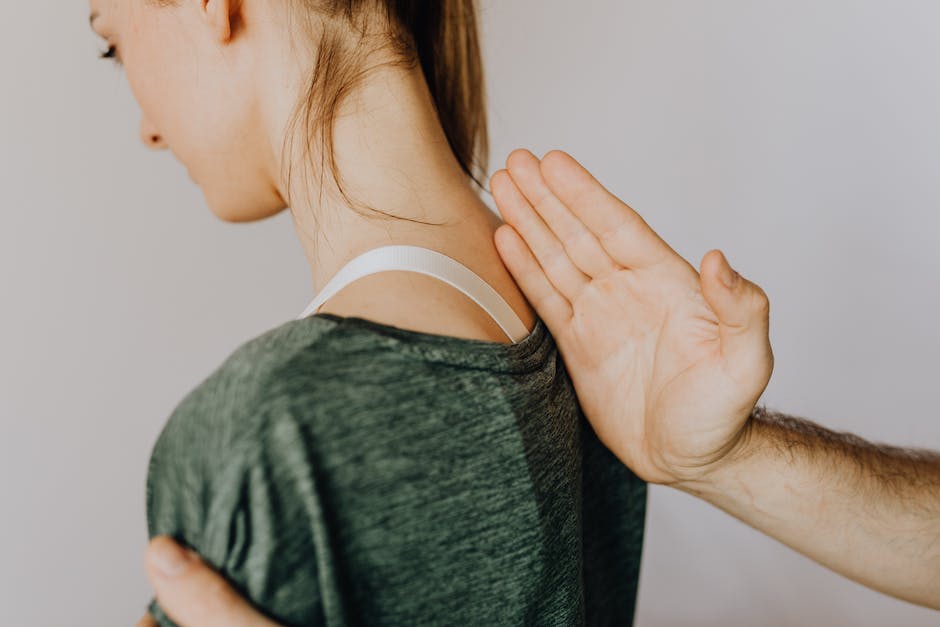
How can tennis elbow be prevented?
The best way to prevent tennis elbow is to avoid or reduce activities that cause or aggravate the condition. Some tips to prevent tennis elbow include:
- Warm up properly before engaging in any activity that involves the forearm muscles and tendons, such as playing racquet sports, lifting weights, or gardening.
- Use proper equipment and techniques that suit your skill level and body type, such as choosing a racquet with a comfortable grip size and weight, adjusting the string tension and head size, and using a smooth and relaxed swing motion.
- Take frequent breaks and change your hand position or activity every 15 minutes to avoid overloading the same muscles and tendons.
- Strengthen and stretch your forearm muscles and tendons regularly to improve their endurance and flexibility. You can use resistance bands, dumbbells, or your own body weight to perform exercises that target the extensors, flexors, supinators, and pronators of the forearm.
- Apply ice or heat to the elbow area after an activity to reduce inflammation or soreness.
- Seek medical attention if you experience persistent or severe pain in the elbow area that interferes with your daily activities or quality of life.

Conclusion
Tennis elbow is a common condition that causes pain and inflammation in the elbow area due to overuse or injury of the forearm muscles and tendons. It can affect anyone who performs activities that involve gripping, twisting, or lifting objects, such as playing racquet sports or doing repetitive arm movements at work or home.
The treatment of tennis elbow depends on the severity of the symptoms, the duration of the condition, and the patient’s preferences and goals. The main objectives of treatment are to reduce pain and inflammation, promote healing of the injured tissues, restore function and strength of the forearm muscles and tendons, and prevent recurrence of tennis elbow.
The treatment options for tennis elbow include rest, ice, medication, physical therapy, braces or splints, steroid injections, or surgery. The best way to prevent tennis elbow is to avoid or reduce activities that cause or aggravate the condition.
If you have any questions or concerns about tennis elbow, please consult your doctor or a qualified health professional for advice and guidance.
We hope you found this blog post informative and helpful. Please share it with your friends and family who may benefit from it. Thank you for reading!

FAQ
What is the difference between tennis elbow and golfer’s elbow?
Tennis elbow and golfer’s elbow are both types of elbow tendinitis, which means inflammation of the tendons that attach the forearm muscles to the elbow. However, they affect different parts of the elbow. Tennis elbow affects the outside of the elbow, where the tendons of the extensor muscles are located. Golfer’s elbow affects the inside of the elbow, where the tendons of the flexor muscles are located. Both conditions can cause pain and reduced function in the elbow area, but they have different causes and treatments.
How long does tennis elbow take to heal?
The healing time of tennis elbow varies depending on the severity of the injury, the type of treatment, and the individual’s response to treatment. In general, tennis elbow can take from several weeks to several months to heal completely. Some factors that can affect the healing time are:
- The extent of damage to the muscles and tendons
- The frequency and intensity of activities that cause or worsen pain
- The adherence to treatment recommendations, such as rest, ice, medication, physical therapy, or surgery
- The presence of any underlying conditions that may delay healing, such as diabetes, arthritis, or infection
Can I play tennis with tennis elbow?
It is not advisable to play tennis with tennis elbow, as it can aggravate the condition and delay healing. Playing tennis involves repetitive gripping, twisting, and lifting motions that can put stress on the injured muscles and tendons. If you have tennis elbow, you should avoid or modify any activities that cause or worsen pain in the elbow area until your symptoms improve. You should also consult your doctor or a physical therapist before resuming any sports or physical activities to prevent recurrence of tennis elbow.
What are some home remedies for tennis elbow?
Some home remedies that can help relieve pain and inflammation caused by tennis elbow are:
- Rest: Avoid or reduce any activities that cause or worsen pain in the elbow area. Resting can help reduce inflammation and prevent further damage to the tissues.
- Ice: Apply cold packs or ice wrapped in a towel to the affected area for 15 to 20 minutes several times a day. Ice can help numb pain and reduce swelling.
- Compression: Wrap a bandage or an elastic sleeve around your elbow to provide support and reduce swelling. Make sure the bandage is not too tight as it may restrict blood flow or cause numbness.
- Elevation: Raise your arm above your heart level when possible to reduce swelling and improve blood circulation.
- Medication: Take over-the-counter anti-inflammatory drugs (NSAIDs), such as ibuprofen or naproxen, to relieve pain and inflammation. However, these drugs may have side effects such as stomach irritation or bleeding, so they should be used with caution and under a doctor’s supervision.
What are some exercises for tennis elbow?
Exercises for tennis elbow can help improve flexibility, mobility, blood flow, and healing of the forearm muscles and tendons. They can also help prevent stiffness or weakness in the joint. Some exercises for tennis elbow are:
- Wrist extension stretch: Hold your arm straight out in front of you with your palm facing down. Use your other hand to gently bend your wrist down until you feel a stretch in your forearm. Hold for 15 to 30 seconds and repeat on the other side.
- Wrist flexion stretch: Hold your arm straight out in front of you with your palm facing up. Use your other hand to gently bend your wrist up until you feel a stretch in your forearm. Hold for 15 to 30 seconds and repeat on the other side.
- Wrist rotation stretch: Hold your arm straight out in front of you with your palm facing down. Rotate your wrist clockwise and counterclockwise for 10 times each direction.
- Finger extension stretch: Hold your hand in a fist with your thumb on top. Extend your fingers one by one until they are straight and spread apart. Hold for 5 seconds and repeat with the other hand.
- Finger flexion stretch: Hold your hand in a fist with your thumb on top. Bend your fingers one by one until they touch your palm. Hold for 5 seconds and repeat with the other hand.
You can perform these exercises two to three times a day as long as they do not cause or increase pain. You can also use resistance bands, dumbbells, or your own body weight to perform exercises that target the extensors, flexors, supinators, and pronators of the forearm.
What are some alternative treatments for tennis elbow?
Some alternative treatments that may help reduce pain and inflammation caused by tennis elbow are:
- Acupuncture: This involves inserting thin needles into specific points on the body to stimulate nerve endings and release natural painkillers. Acupuncture may help relieve pain and improve blood flow in the affected area.
- Massage: This involves applying pressure and movement to the soft tissues in the elbow area to relax muscles and tendons, improve blood circulation, and reduce inflammation. Massage may also help break up scar tissue and improve range of motion in the joint.
- Ultrasound: This involves using sound waves to create heat and vibration in the affected area. Ultrasound may help reduce pain and inflammation, increase blood flow, and stimulate healing of the tissues.
- Electrical stimulation: This involves using low-voltage electric currents to stimulate nerves and muscles in the affected area. Electrical stimulation may help reduce pain and inflammation, increase blood flow, and prevent muscle atrophy.
These alternative treatments may have some benefits for tennis elbow, but they are not proven to be effective or safe for everyone. Therefore, they should be used with caution and under the guidance of a qualified health professional.
What are some complications of tennis elbow?
Tennis elbow is usually a self-limiting condition that resolves with proper treatment and care. However, if left untreated or poorly managed, tennis elbow can lead to some complications, such as:
- Chronic pain and reduced function in the elbow area
- Loss of grip strength and fine motor skills in the hand
- Reduced range of motion and stiffness in the elbow or wrist
- Nerve damage or compression in the elbow area, causing numbness, tingling, or weakness in the forearm or hand
- Infection or bleeding due to steroid injections or surgery
- Recurrence of tennis elbow due to inadequate healing or prevention
To avoid these complications, it is important to seek medical attention if you experience persistent or severe pain in the elbow area that interferes with your daily activities or quality of life. You should also follow your doctor’s or physical therapist’s recommendations for treatment and prevention of tennis elbow.
How can I raise my hand without pain if I have tennis elbow?
Raising your hand can be painful if you have tennis elbow, as it involves extending your wrist and fingers, which can put stress on the injured muscles and tendons. To raise your hand without pain, you can try some of these tips:
- Use your other hand to support your affected arm when raising it
- Keep your wrist and fingers relaxed and neutral when raising your hand
- Avoid lifting heavy objects or gripping tightly when raising your hand
- Apply ice or heat to your elbow area before or after raising your hand to reduce pain and inflammation
- Perform some gentle stretches and exercises for your forearm muscles and tendons before or after raising your hand to improve flexibility and mobility
How can I prevent tennis elbow from playing tennis?
Playing tennis can be a risk factor for developing tennis elbow, as it involves repetitive gripping, twisting, and lifting motions that can cause stress on the forearm muscles and tendons. To prevent tennis elbow from playing tennis, you can follow some of these tips:
- Warm up properly before playing tennis by doing some light cardio exercises, dynamic stretches, and practice swings
- Use proper equipment and techniques that suit your skill level and body type, such as choosing a racquet with a comfortable grip size and weight, adjusting the string tension and head size, and using a smooth and relaxed swing motion
- Take frequent breaks and change your hand position or activity every 15 minutes to avoid overloading the same muscles and tendons
- Strengthen and stretch your forearm muscles and tendons regularly to improve their endurance and flexibility. You can use resistance bands, dumbbells, or your own body weight to perform exercises that target the extensors, flexors, supinators, and pronators of the forearm
- Apply ice or heat to your elbow area after playing tennis to reduce inflammation or soreness
- Seek medical attention if you experience persistent or severe pain in the elbow area that interferes with your performance or enjoyment of playing tennis
How can I tell if I have tennis elbow or arthritis?
Tennis elbow and arthritis are both conditions that can cause pain and inflammation in the elbow area. However, they have different causes and characteristics. Tennis elbow is caused by overuse or injury of the forearm muscles and tendons that attach to the outside of the elbow. Arthritis is caused by wear and tear or inflammation of the cartilage that cushions the bones in the elbow joint.
Some signs that can help you distinguish between tennis elbow and arthritis are:
- Location of pain: Tennis elbow causes pain on the outside of the elbow, where the tendons of the extensor muscles are located. Arthritis causes pain in the entire elbow joint, especially when bending or straightening it.
- Trigger of pain: Tennis elbow causes pain when performing activities that involve gripping, twisting, or lifting objects, such as shaking hands, turning a doorknob, holding a cup, or using a screwdriver. Arthritis causes pain when moving or resting the joint, especially in the morning or after periods of inactivity.
- Other symptoms: Tennis elbow may cause swelling or tenderness around the elbow, stiffness or reduced range of motion in the elbow or wrist, weakness or numbness in the forearm or hand. Arthritis may cause swelling or warmth in the joint, cracking or grinding sounds when moving it, deformity or instability of the joint





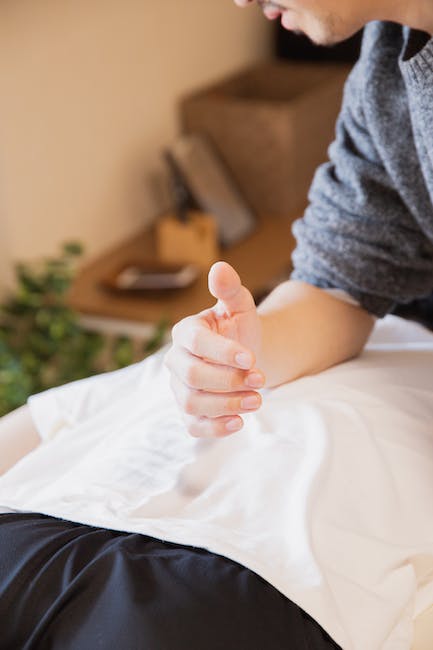
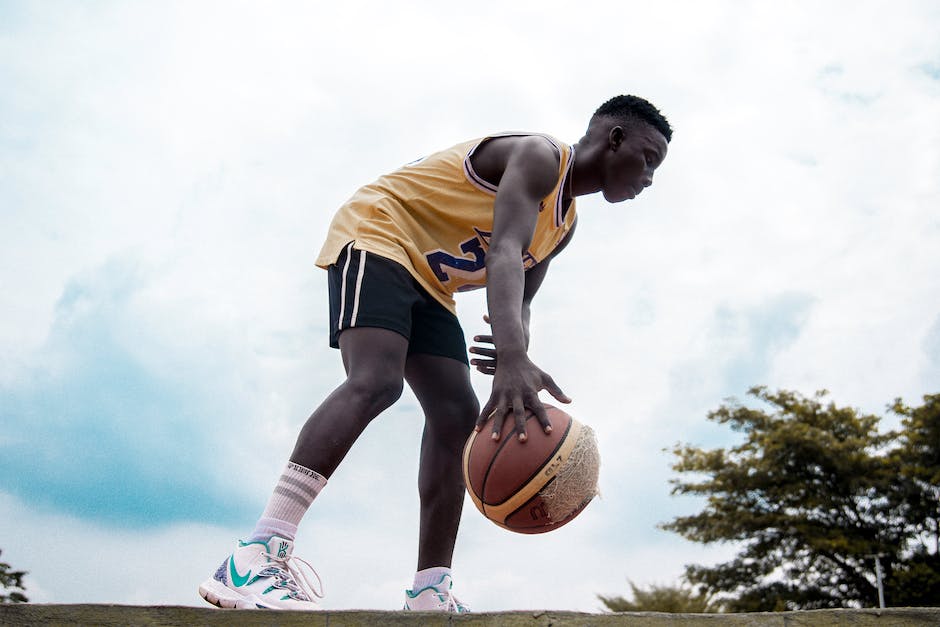
No Comment! Be the first one.